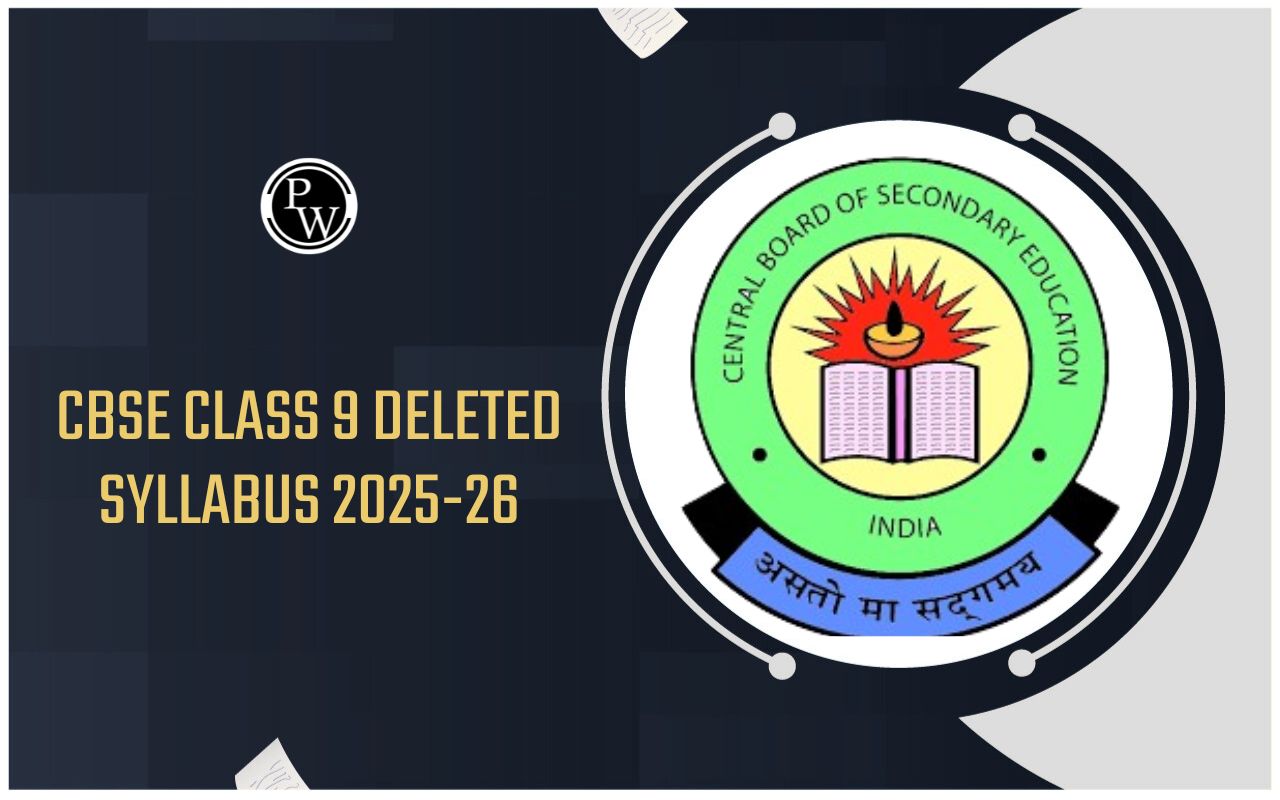
Resultant Vector Formula: The formula for the resultant vector serves to calculate the combined value of two or more vectors. It involves the computation of these vectors in relation to their respective directions. Widely applied in physics and engineering, this formula finds various uses. For instance, it proves valuable in determining the resultant vector of multiple force vectors acting upon an object, showcasing its practical significance in such scenarios.
What is the Resultant Vector Formula
The formula for resultant vectors comes in three variations, determined by the orientation of the vectors. These variations apply to vectors aligned in the same direction, vectors opposing each other, and vectors at an angle to each other.
In Formula 1, vectors aligned in the same direction can be straightforwardly combined to yield the resultant vector. Here, A and B represent the vectors in alignment, while R stands for the resultant vector.
Resultant Vector Formula
R=A+B
Formula 2 involves subtracting vectors pointing in opposite directions to determine the resultant vector. In this case, vector B opposes the direction of vector A, and R represents the resultant vector.
Resultant Vector Formula
R=A−B
Formula 3 deals with vectors that are at an angle to each other and computes the resultant vector using the following formula. Here, vectors A and B are inclined at an angle Ø, and R stands for the resultant vector.
Resultant Vector Formula
R 2 =A 2 +B 2 +2AB×cosØ
Resultant Vector Formula Solved Examples
Example 1: Determining the resultant of the vectors 4i + 3j -5k and 8i + 6j - 10k.
Solution: The provided vectors are:=4i+3j−5k and B=8i+6j−10k.
As the direction ratios of the two vectors are in equal proportion, the vectors are in the same direction. We can utilize the resultant vector formula here.
R=A+B =
(4i+3j−5k)+(8i+6j−10k)
=12i+9j−15k
Answer: Therefore, the resultant of the two vectors is 12i + 9j - 15k.
Example 2: Finding the resultant of vectors with magnitudes of 5 units and 6 units, inclined at an angle of 60 degrees to each other.
Solution: The two vectors are A=5 units, B=6 units, and the angle ° Ø=60°. The resultant vector can be determined using the following formula: R 2 =A 2 +B 2 +2AB×cosØ =
= 5 2 + 6 2 + 2 × 5 × 6 × cos 60 °
= 5 2 +6 2 +2×5×6×cos60°
= 25 + 36 + 60 × 1 / 2
=25+36+60× 2 1
R 2 = 91
R = √91
Answer: Therefore, the resultant vector is √91 .
Example 3: Adding Vectors in Opposite Directions Find the resultant of vectors 3i + 2j - 4k and -3i - 2j + 4k.
Solution: Given vectors: A=3i+2j−4k and B=−3i−2j+4k. Since these vectors are in opposite directions, we can use the formula: R=A+B = ( 3 =(3i+2j−4k)+(−3i−2j+4k) = =0i+0j+0k R=0
Therefore, the resultant of these two vectors in opposite directions is a zero vector.
Example 4: Resultant Vector Using Magnitudes and Angle Given two vectors A and B with magnitudes 8 units and 10 units, respectively, and they are inclined at an angle of 45 degrees. Find the resultant vector.
Solution: The magnitudes are A=8 units, B=10 units, and the angle Ø=45°. Using the formula for vectors at an angle:
R 2 =A 2 +B 2 +2AB×cosØ
= 8 2 + 1 0 2 + 2 × 8 × 10 × cos 45 °
=8 2 +10 2 +2×8×10×√2/2
= 64 + 100 + 160 × √2/2
R 2 = 164+80× √2
R = √164+80× √2
R ≈ √164+80× √2
The Resultant Vector Formula is a versatile concept that combines the effects of multiple vectors, considering their directions and magnitudes. Whether adding, subtracting, or using trigonometry to handle vectors at different angles, this formula finds broad application in diverse fields such as physics, engineering, and mechanics.
Explore Now Online Course of Class 9 Neev Fastrack 2024 and Class 10 Udaan Fastrack 2024 to enhance your Maths knowledge. and build a strong foundation.
| Related Links | |
| Radians to Degrees Formula | Quotient Rule Formula |
| Quadratic Function Formula | Pythagorean Theorem Formula |
Resultant Vector Formula FAQs
What is the Resultant Vector Formula used for?
How do you find the Resultant Vector for vectors in the same direction?
How is the Resultant Vector calculated for vectors in opposite directions?
What formula is used for vectors at an angle to each other?
What does a zero resultant vector indicate?










